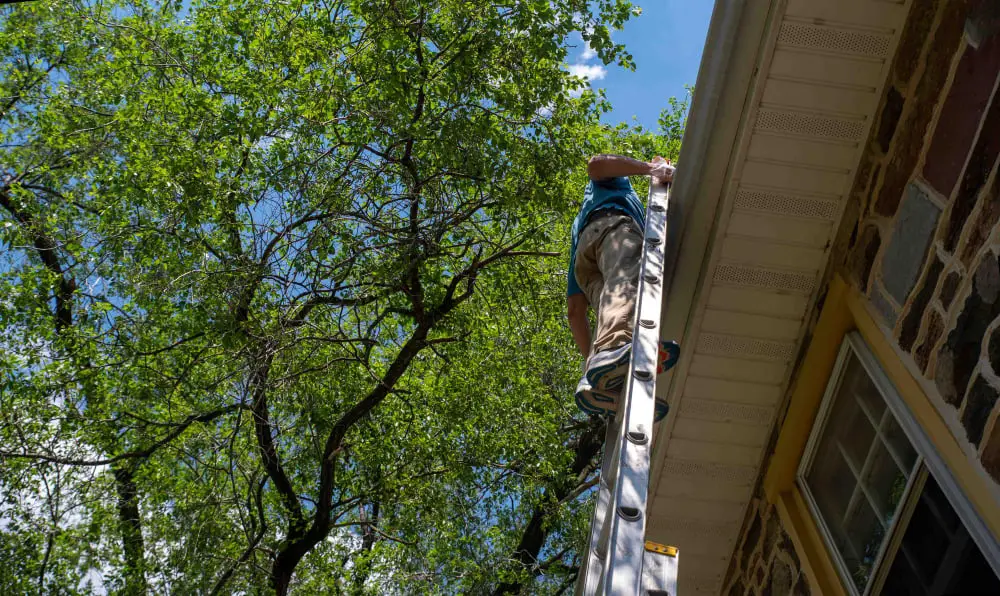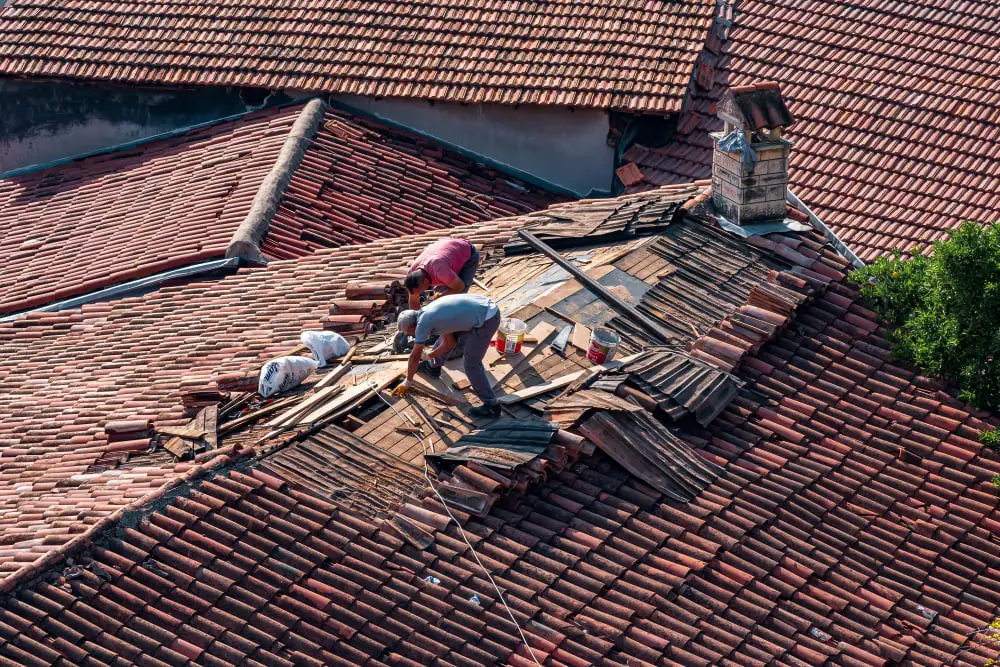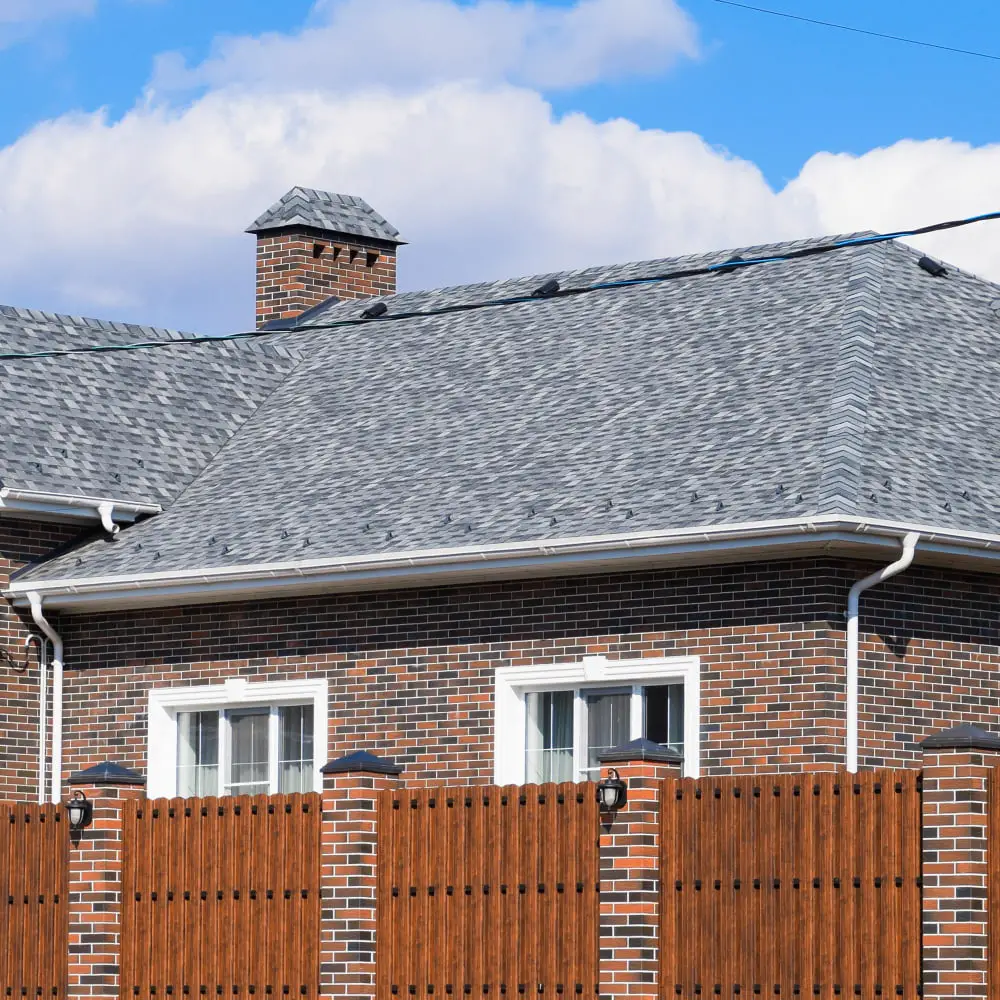Last updated on
Regular roof inspections are crucial for maintaining the integrity of your roof and identifying potential issues before they become major problems. As a homeowner, it’s essential to have a basic understanding of what to look for during a roof inspection.
In this blog post, we will highlight five critical roof inspection points that homeowners should consider. By focusing on these key areas, you can ensure the longevity and performance of your roof, safeguard your home, and avoid costly repairs down the line. Let’s explore these roof inspection points in detail.
Essential Roof Inspection Checklist
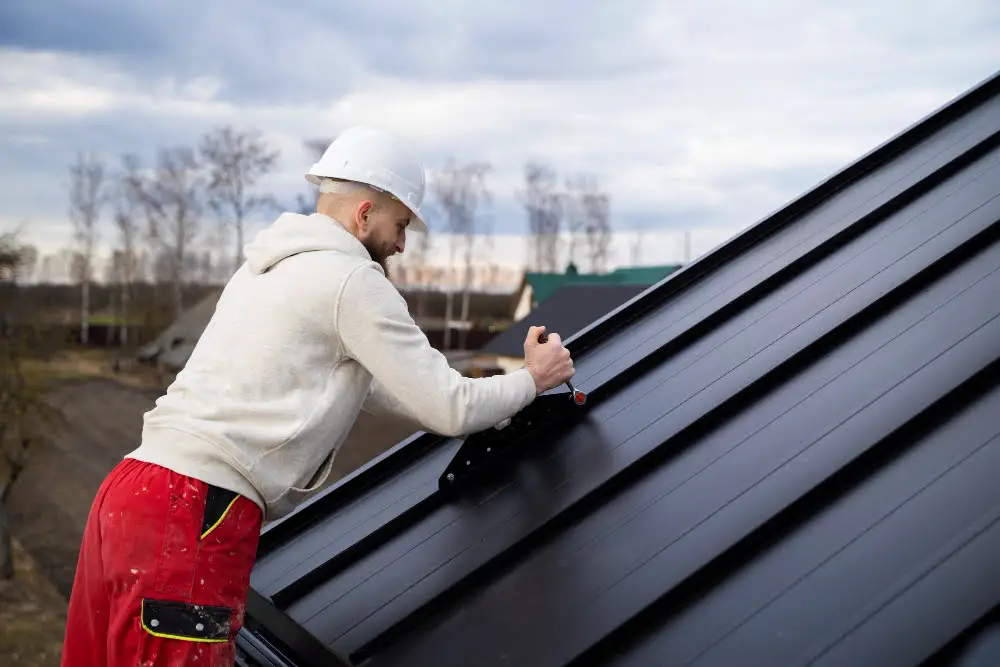
Follow this checklist to inspect your roof’s condition.
Shingles: Check for Damage and Wear
Inspect the condition of your shingles, focusing on signs of damage and wear. Look for cracked, curled, or missing shingles and granule loss. Damaged or deteriorated shingles can lead to water infiltration and compromise the overall integrity of your roof. Address any issues promptly by replacing or repairing damaged shingles to maintain a watertight seal.
Flashing: Ensure Proper Sealing
Flashing refers to the metal pieces installed around roof penetrations and at intersections to prevent water intrusion. Check the condition of flashing around chimneys, skylights, vents, and roof valleys. Look for signs of damage, such as rust, corrosion, or gaps. Properly sealed and intact flashing prevents leaks and maintains a watertight roof.
Gutters and Downspouts: Ensure Proper Drainage
Inspect your gutters and downspouts for clogs, damage, or improper installation. Clean out any debris to ensure proper water flow and prevent water from backing onto the roof. Ensure that gutters and downspouts are securely attached to the roof edge and direct water away from the foundation to prevent water damage.
Attic: Check for Signs of Moisture or Leaks
Perform a thorough inspection of your attic, looking for signs of moisture or leaks. Check for water stains, mold growth, or musty odors, which can indicate a roof leak. Ensure that the attic is properly ventilated to prevent moisture buildup, which can contribute to the deterioration of your roof.
Roof Ventilation: Maintain Adequate Airflow
Proper roof ventilation is essential for regulating temperature and moisture levels in your attic. Check that vents are clear of debris and functioning effectively. Inadequate ventilation can lead to excessive heat buildup, condensation, and premature aging of your roof. Ensure that air can circulate freely to maintain a healthy and long-lasting roof.
DIY vs. Professional Roof Inspections
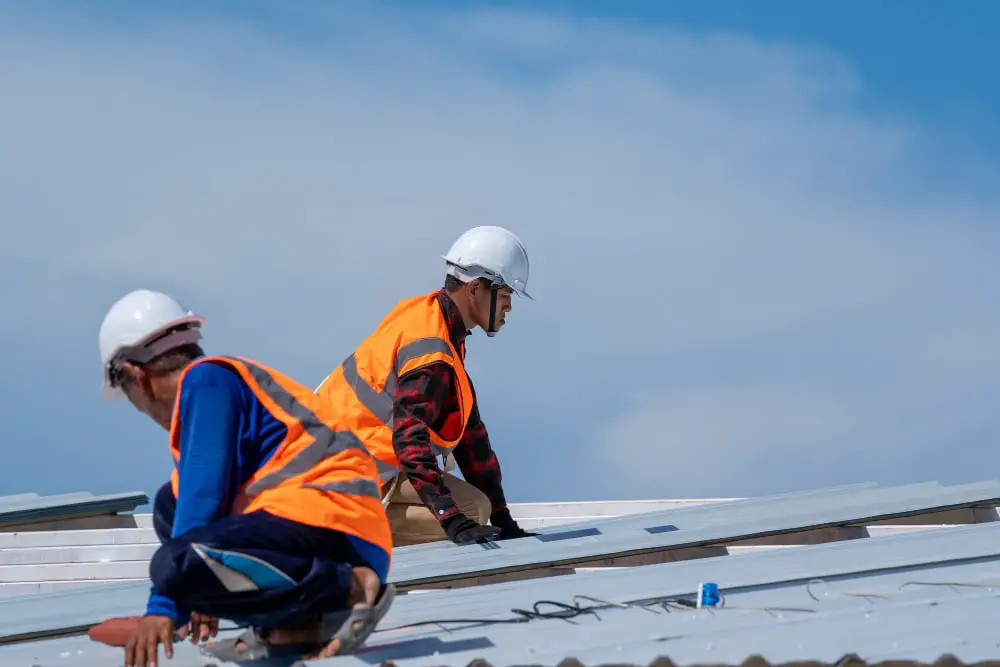
According to Mighty Dog Roofing, checking basic roof inspection points yourself is a good start, but you should consider hiring a professional roofer for more comprehensive and detailed inspections. A licensed roofing expert can provide an in-depth assessment and offer valuable advice on how to maintain the integrity of your roof. They can also address existing issues and suggest measures to prevent future problems.
When to Replace Your Roof?
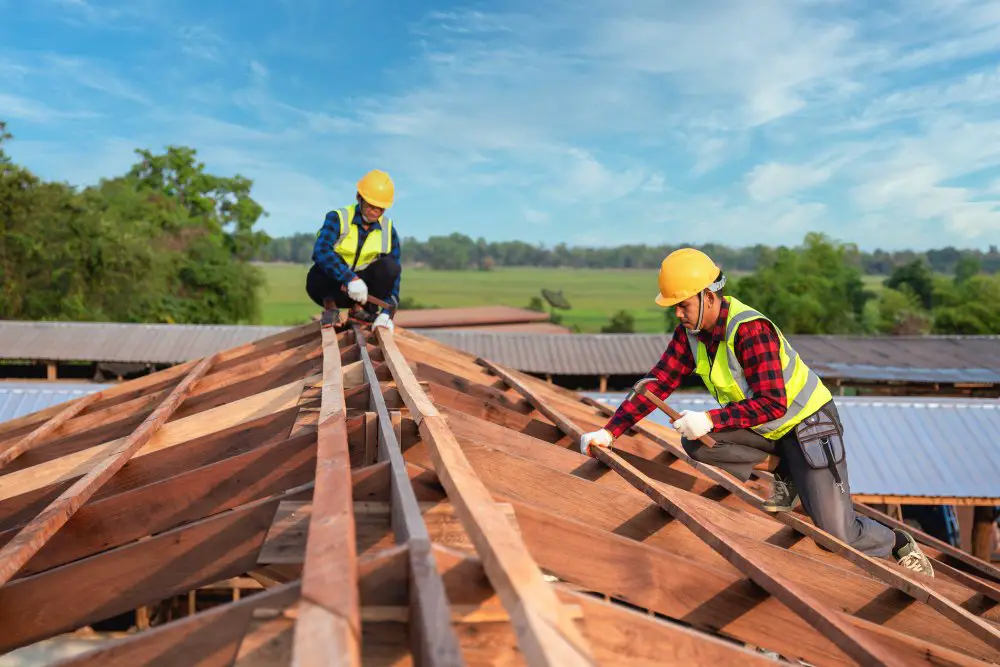
If you notice any of the issues we have discussed during your roof inspection, it’s best to consult with a professional. They can guide you on which type of repair is necessary and estimate how much replacement or repairs will cost. Depending on the extent of damage, it may be more economical and prudent to replace the entire roof rather than pay for costly repairs.
The Takeaway
By keeping these five essential roof inspection points in mind, homeowners can stay proactive in maintaining the condition and performance of their roofs. Regular inspections of shingles, flashing, gutters, attic, and roof ventilation will help identify issues early on and prevent costly repairs.
Remember, if you are uncomfortable or unsure about conducting a roof inspection yourself, it is always advisable to consult with a professional roofing contractor. Prioritizing regular roof inspections and promptly addressing any necessary repairs will contribute to your home’s longevity, durability, and overall protection.
Continue reading:
Recap
